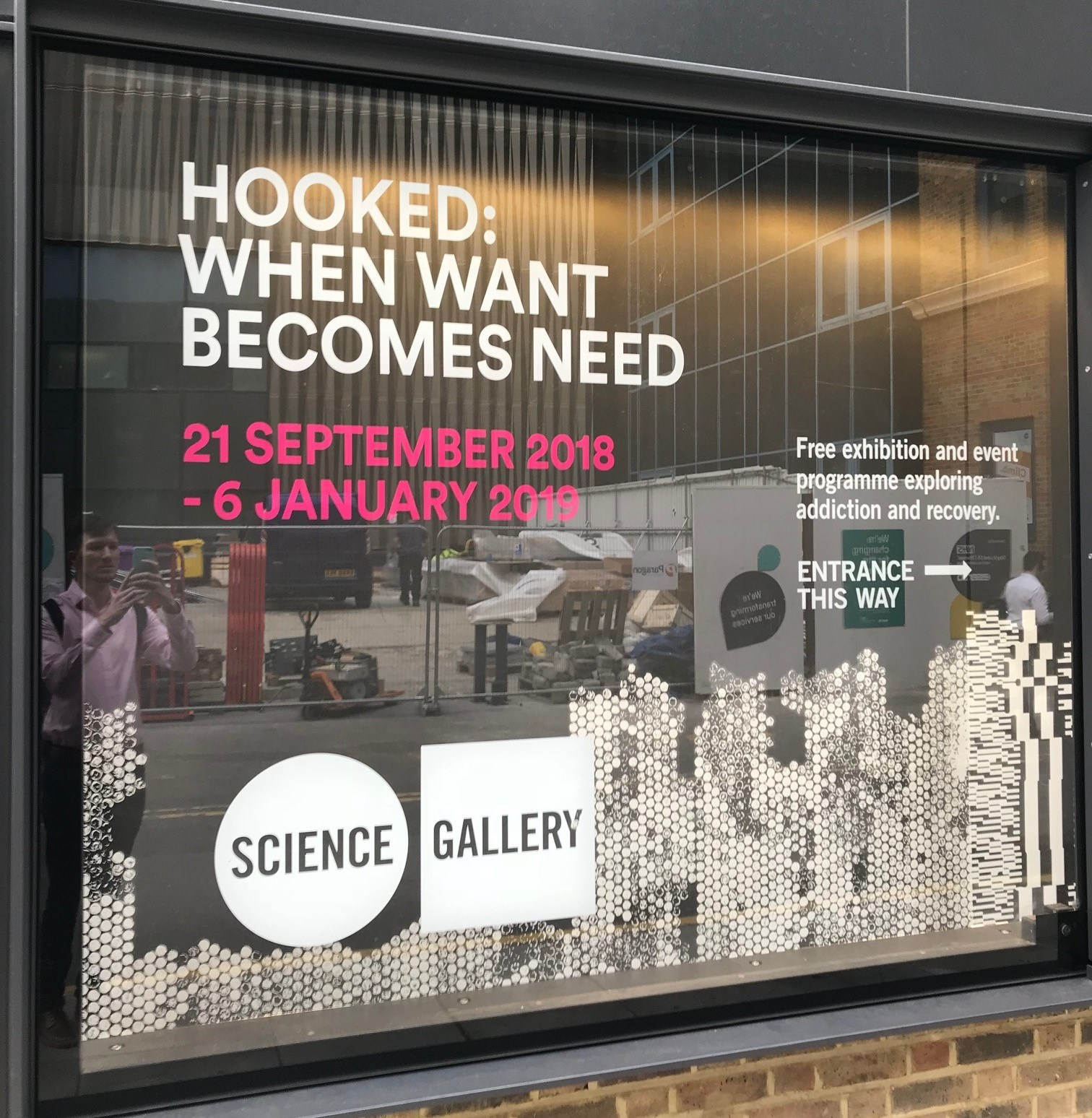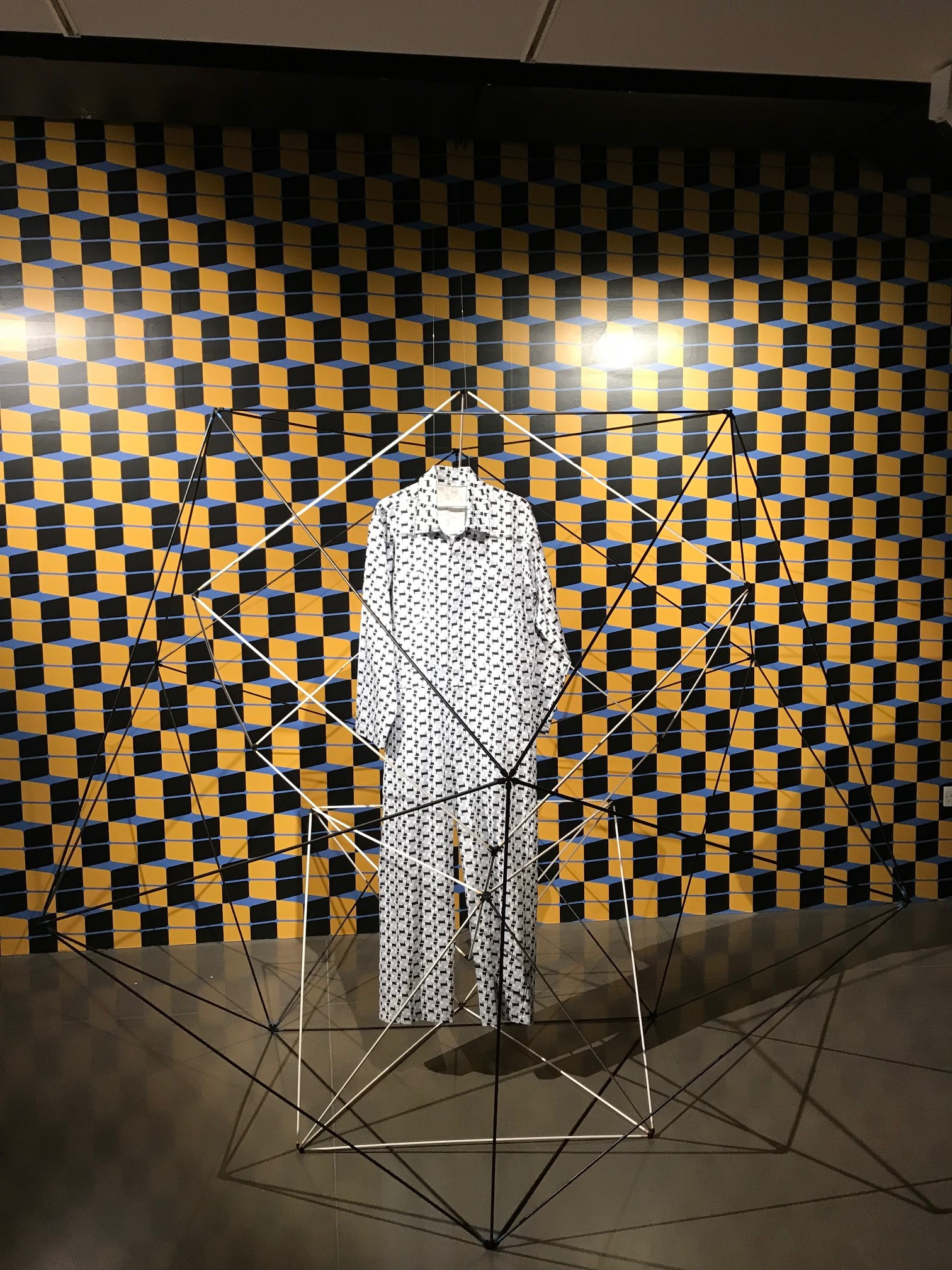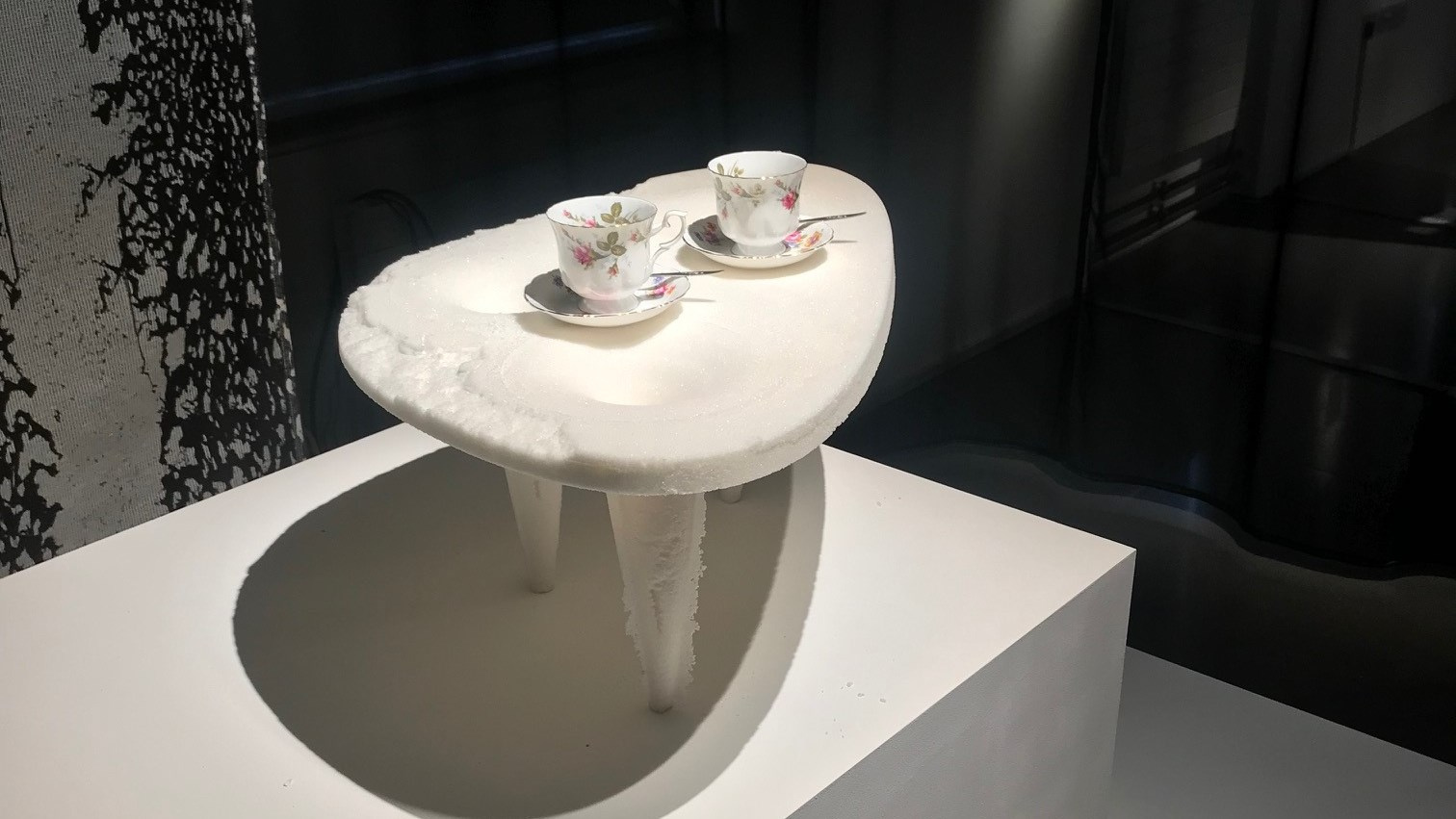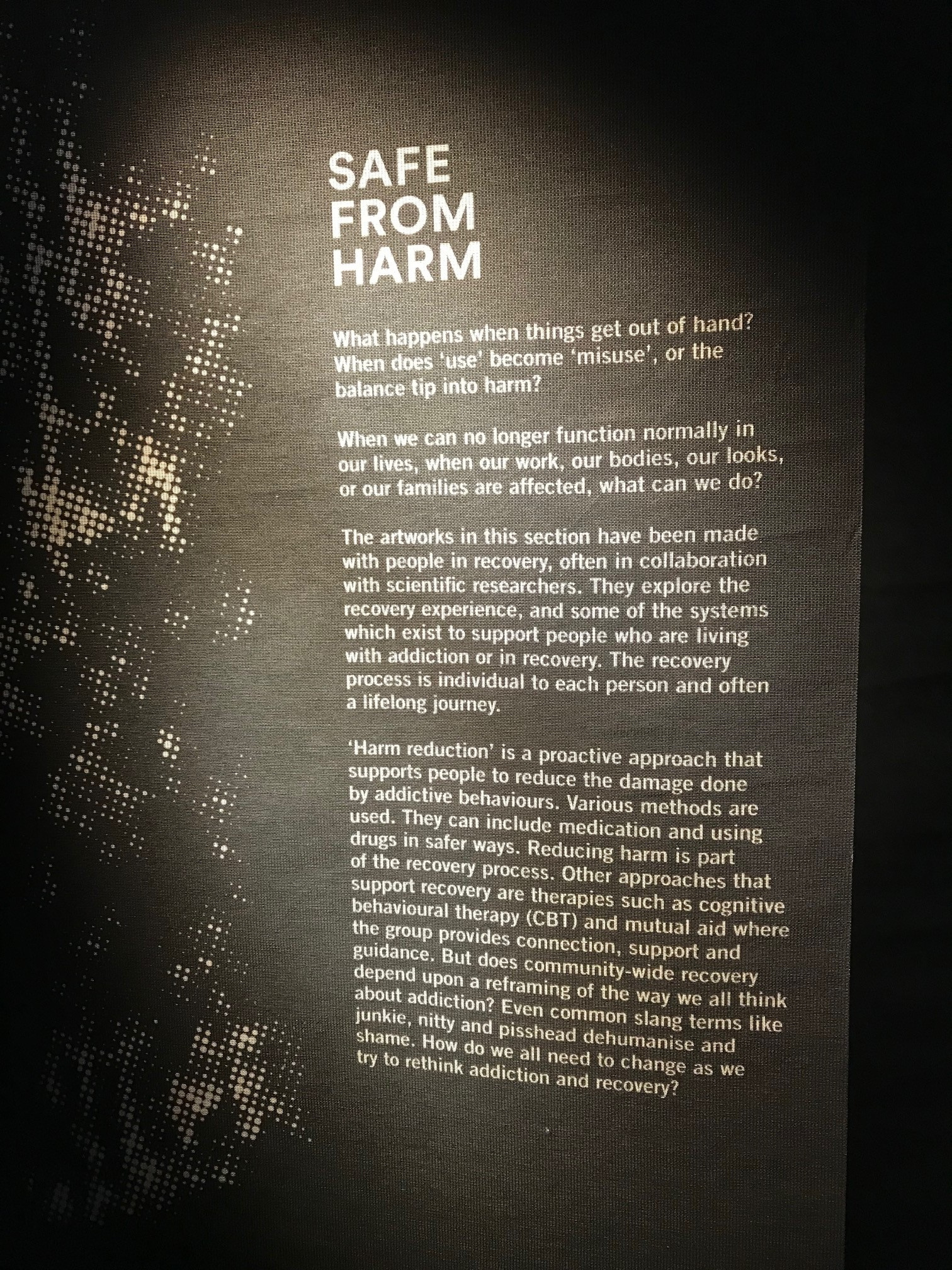Hooked - understanding addiction through art
Published in Social Sciences

When does enjoyment tip over into addiction - and is this an individual problem or one that society as a whole is responsible for? These and others are the questions posed by the inaugural exhibition, Hooked, at Science Gallery London.

The gallery commissions artists to explore a scientific topic, in this case addiction, through various creative means. A full size sugar table, laid with tea cups; a beaded curtain made from gold rings; a video of a mouth playing forwards and rewinding.


The exhibition is curated by Hannah Redler-Hawes, and the exhibits are colourful, eye catching, and provocative. They are all accompanied by detailed panels explaining aspects of addiction, its causes and treatments, as befits the world class scientific credentials of the gallery’s director, neuroscientist Dr Daniel Glaser. Indeed, Science Gallery London is part of Kings College London, on whose campus the gallery sits, and is modelled on the successful Science Gallery Dublin, part of Trinity College Dublin.

The gallery is not just a series of static shows, but aims to integrate into the diverse community of Southwark. It is situated in the shadow of The Shard, the UK’s tallest building, and a symbol of regeneration (and gentrification) in South London. I know this area well, as I was local councillor for the London Bridge area up until this year, and indeed should declare a conflict of interest, as I supported this application through the planning process.
Local engagement is just beginning, but they have already assembled a young leaders team who will curate an upcoming weekend aimed at hard to reach groups. For me, this work is critical to the gallery’s success.
In the past, science and art informed and supported each other, and great polymaths such as Leonardo would not have recognised the divisions between disciplines that we see today. By inviting artists to explore the scientific and societal facets of tangible topics such as addiction, Science Gallery London delivers a visually satisfying and intellectually stimulating show.
If Dr Glaser and his team can bring this fusion of art and science to the local community, and not just to the usual gallery-going public, they will create real impact where it is needed most, and foster the next generation of researchers and artists. I will be supporting from the sidelines and watching with interest.
Hooked is showing at Science Gallery London, Great Maze Pond, London SE1 9GU, until 6th January 2019 and is free to visit.





Please sign in or register for FREE
If you are a registered user on Research Communities by Springer Nature, please sign in